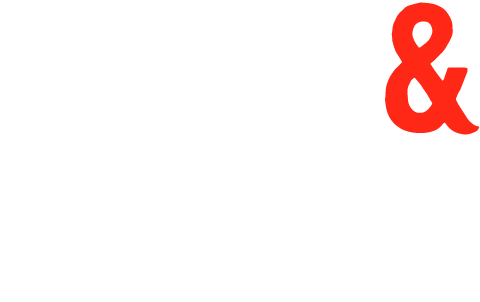Burns At The National Museum Of Scotland
Location
Online
An online collaboration Between Burns&Beyond and National Museum of Scotland, presents an insight into the life of Robert Burns through historic artefacts from the national collections, presented by Curator Dr. Calum Robertson, along with music from the award-winning Kinnaris and poetry from Robert Burns himself, performed at Edinburgh’s world-famous attraction.
About Rabbie Burns
The humble ploughman-poet Robert Burns is one of Scotland’s most enduring literary figures. His poems – Auld Lang Syne, Tam o’ Shanter, Scots Wha Hae, and many more – put the Scots Language in the minds and hearts of people all around the world. Explore the story of the man known simply as ‘The Bard’.
Burns was born into a farming family in Alloway, near Ayr, and was introduced to popular Scottish tales and ballads in childhood. A tenant farmer, often struggling, he still found time to write and in 1786 he published his first collection of poetry, Poems, Chiefly in the Scottish dialect, which became known as the ‘Kilmarnock edition’. This included one of his most famous poems, ‘To a mouse’.
BURNS THE EXCISEMAN – BURNS’ PISTOLS
In 1788 Burns took a lease on a farm at Ellisland near Dumfries. A year later, due to the state of his finances, Burns became an officer of the government’s Department of Excise, while continuing to farm at Ellisland. Working for the Excise could be dangerous, and in 1788 Burns had received a pair of pistols made by Blair of London. These would prove useful for his personal protection in his new post. By 1791 his farm at Ellisland had failed, forcing Burns to move to Dumfries to become a full-time exciseman.
A variety of objects relating to the life of Scotland’s bard can be found in National Museums Scotland’s collections. Click here to visit the NMS website and discover examples of his possessions, tributes and depictions.
1824 PUNCH BOWL
A large glass goblet such as this would have been used as a punchbowl, and a clue to this use can be found amongst the words and images that have been engraved into the glass. On one side there is a quote from Robert Burns’ poem ‘Epistle to Davie, A Brother Poet’, and on the other a scene depicting three men drinking under which is written ‘Willie Brew’d a Peck o’ Maut’.
Burns composed this poem as a celebration of drinking and friendship. The punchbowl was made in 1824, by which time the formal celebration of Burns’ life and works through clubs and associations was widespread in Scotland.
TAPPIT HEN
The name ‘tappit hen’ is derived from the distinctive thumbpiece, or finial, that makes the object look like a crested (or ‘tappit’ in Scots) hen. These pewter drinking vessels were common in eighteenth century Scotland’s public houses because they were relatively cheap to make and could withstand use and, perhaps, abuse.
They could also be engraved with the owner’s name or initials. This example is thought to come from John Dowie’s famous tavern on Libberton’s Wynd in Edinburgh. John Dowie’s was the favoured drinking spot of Robert Burns and his companions, William Nicol and Allan Masterton, when the poet was in Edinburgh between November 1786 and February 1788.
Click here find out more about Robert Burns and other collections at the National Museum of Scotland.

